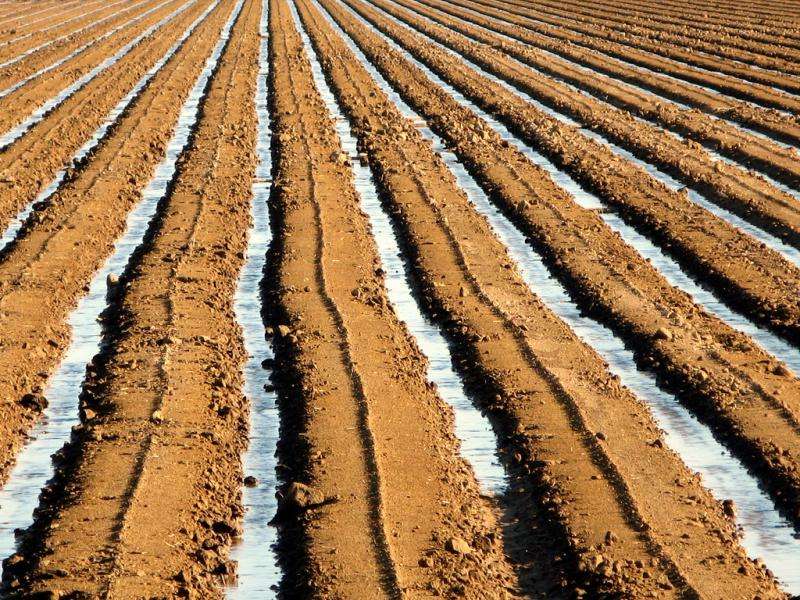CAT scans consider non-wetting soils

Australian soils which seem to fear water are now receiving hospital-grade attention through the use of three-dimensional CAT scan medical imaging.
With 30 per cent of Australia's cropping soils considered hydrophobic (excluding water molecules), the issue has been identified by WA farmers as one of the most significant profitability barriers across the grain belt.
In an attempt to diagnose the problem, scientists are using X-ray imagery, more commonly found in the medical industry, as part of an innovative five-year research project.
According to project manager and University of New England Professor Iain Young, the CAT scan imaging shows the interactions between the soil, the water and the plant roots, and how each responds when different surfactants are applied.
Surfactants are used to reduce the surface tension of a liquid.
Prof Young says x-ray technology is allowing physicists to see inside individual soil particles.
"The CAT scan technology optically slices the soil, so we can see inside it the same way a CAT scan works in a hospital," he says.
"But our technology has far higher energy x-rays than a medical image, so we can see the mechanism of the water optics and plant growth.
Technology altered to capture water and soil interaction
The medical technology is designed to find specific anomalies in the body such as a bone break or tumour but with this technology the researchers do not know what they are looking for so are developing sophisticated mathematical equations to extract the information.
"Water should flow through the soil, but in a large percentage of our soils, particularly in Western Australia, the soils are hydrophobic, and water can't enter the plant roots," Prof Young says.
"We need to find out why this is."
Prof Young says soil is the most complex bio-material in the world.
"It's our greatest non-renewable resource and a small handful of soil contains more organisms than the number of humans who ever lived on the earth," he says.
The research, which is funded through the Co-operative Research Centre for Polymers, is in its third year, and findings from the study will guide the development of chemical polymers for use on a broadacre scale.
For farmers suffering with non-wetting soils, this could mean a commercial scale product is available in less than two years.
"We need the best science to increase agricultural productivity," Prof Young says.
Provided by Science Network WA
This article first appeared on ScienceNetwork Western Australia a science news website based at Scitech.




















